News
Against the Tropes: Five Black Women in Horror Discuss Racism, Sexism, and More
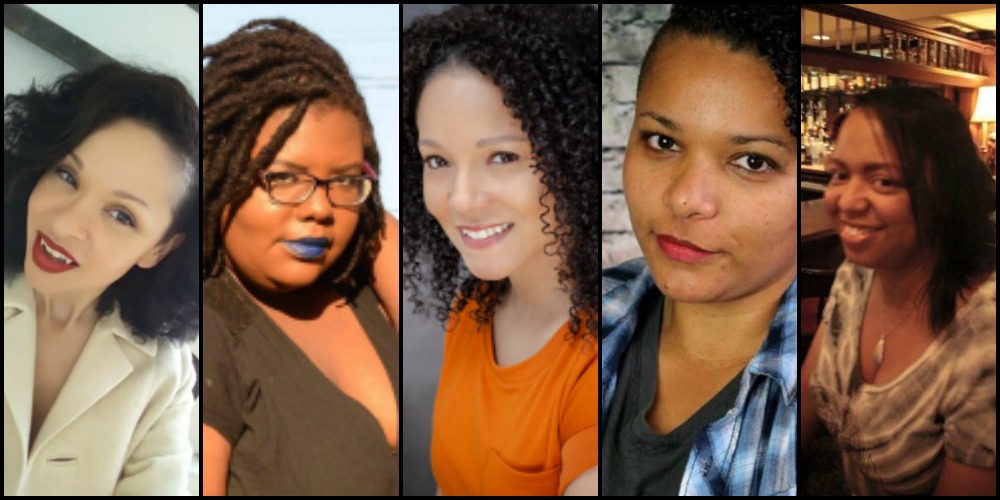
“When I asked that casting director in Texas what they meant by ‘not black enough’ they said, ‘Well, first of all, how you talk…'” Warren said.
“They did not say that to you!” Cruell exclaimed, shocked at the boldness. “Did they say that to you for real?!”
“Yes, they did,” Warren replied. “So I asked if it was necessary for a role to ‘talk like a black person’ didn’t they think I could do that as an actress and all I got was a blank stare.”
Warren went on to describe a behind the scenes encounter she witnessed on a set recently. A black actress was describing how she never felt connected to the horror genre, to which another actress replied, “Well, you guys have Jordan Peele, now, though, right?”
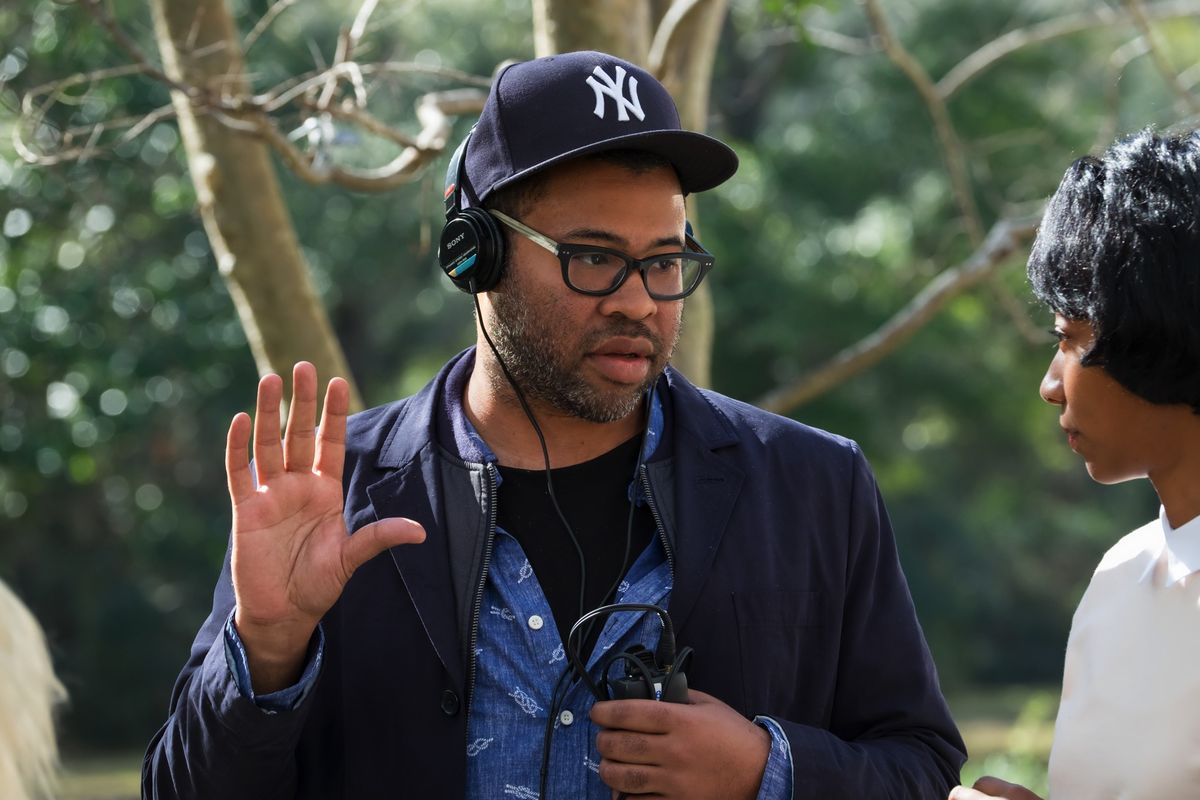
“Why is it always, ‘You have that one guy?'” Hartford jumped in. “Fuck that. How privileged can you get?”
Sadly, this sort of response is seen by many in marginalized groups. A couple of years ago, I published a piece about queer representation in horror films, and I had a plethora of people mention The Silence of the Lambs, a film that had released over two decades before and was not even a good representation of queer people, but really why should I have the gall to ask for another?
I mentioned this to the group and they knew that struggle far too well.
“It’s a defensive response,” Hartford continued. “When you’ve lived in privilege your whole life and you’re unaware of it, any degree of talking about equality feels like oppression. The idea that you might not have access to everything, to think that you might have to take responsibility for the words that come out of your mouth, that is so new to some white people.”
“I still can’t get over that whole ‘You have Jordan Peele now’ comment,” Cruell said. “That doesn’t even address the black female experience. I’ve been trying to, for a while now, get this project off the ground called 7 Magpies. It’s basically an anthology written and directed by African American women. It’s won all these awards, gotten a lot of press. It’s based on stories by award-winning black authors, written by award-winning black screenwriters, and will be directed by award-winning female directors. Can’t get it made.”
‘I keep running into that same wall,” Martin pointed out. “People are like, ‘Now’s the perfect time for a black female screenwriter,’ but the truth is they want to bring us on to tell the type of stories they think we should be telling. For several years, the only way we could get into these pristine places was by cutting ourselves open and revealing our trauma for white audiences. Now, in the genre space, they want stories based on your experiences as a black person, but they want to tell you what your experience is.”
Along with taking over someone else’s narrative, there also seems to be a plethora of established stereotypes that are written for black women both inside and out of the genre. If you don’t believe me, ask yourself where that “loud black woman screaming at the screen in a horror movie” comes from?
But I turned that question to this brilliant panel and asked them which stereotypes they would like to see go the way of dodo.
“For black women in general, I’m very tired of the ‘sassy black friend who tells it like it is,'” Hartford said. “Can we stop that and can we stop casting the dark-skinned black girl as the person who is a problem like the Pam character in Martin?”
A series that ran in the 90s, Martin was based on the comedy of Martin Lawrence.
“Tichina Arnold was always ‘ugly’ and ‘strong’ and ‘mean’ and ‘loud,'” she continued. “And lighter-skinned Gina was pretty and perfect. It’s creepy and colorist.”
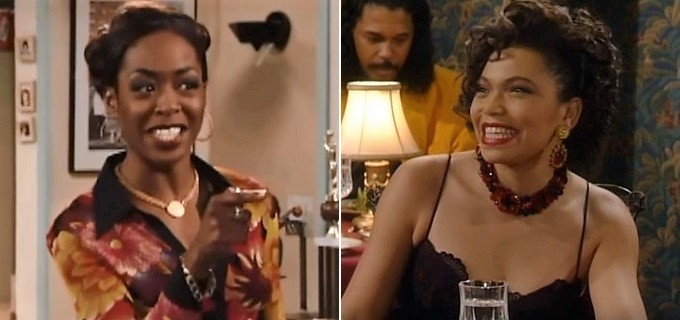
“I was going to say the black best friend,” Cruell added. “It seems so steeped in our society. I’ve had friendship with one or two Caucasian ladies who expected me to be that for them. They saw me as the best friend written into their screenplay not realizing that I have a screenplay of my own.”
“Yes!” Hartford replied. “I just want to say, ‘I am not Kizzy, and this is not Roots, bitch.'”
“For me, it’s the over-sexualized black woman,” Kunnap said. “That’s not everyone and I’m over seeing that for no apparent reason because it’s damaging to younger girls. They see it over and over and think that’s how they’re supposed to be.”
“That’s a great point,” Hartford replied. “It’s also a commodification of black women that if you’re even remotely voluptuous then you’re automatically being sexual. If your hair isn’t pressed and white-looking, then it’s okay for people to come up and touch it like you’re an animal in the zoo.”
“Can I just slip in my least favorite trope, right now?” Martin asked. “I’m super tired of seeing a black family and the only one one who is allowed to be darker than a paper bag is the father or son. Dark skinned women are not allowed to exist in this capacity. They’re not allowed to be seen as wives. That’s why I got so excited when I saw Lupita [Nyong’o] as the lead in Jordan Peele’s Us because that representation feels like we’ve come so far.”
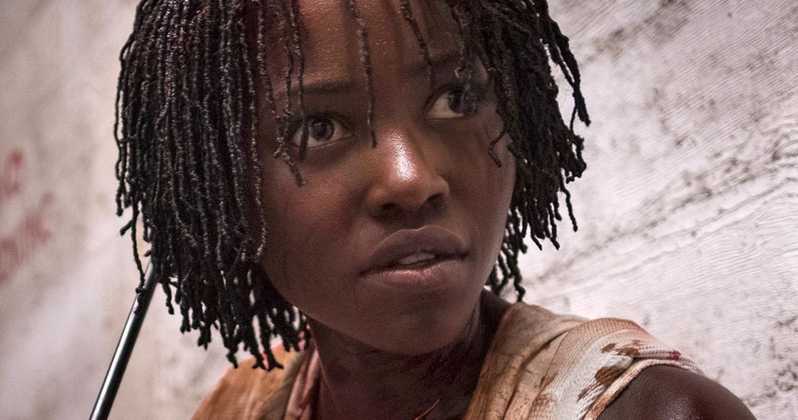
“It’s crazy that there’s this duality where light-skinned black women aren’t black enough, but they’re the only ones allowed to represent black motherhood,” Hartford said. “That’s really creepy and strange and gross.”
Warren, who identifies as Afro-Latina due to her father being black and German and her Latina mother’s side, pointed out that this colorism played a heavy part in her growing up, though she didn’t realize it until much later in life.
“I tried fitting in as a kid, but it didn’t work,” she explained. “I was told that I thought I was better because of the way I spoke. I thought I was prettier because I was lighter-skinned, and all of this complicated stuff a kid shouldn’t have to deal with. I’ve only begun really understand how that all happened and I’m 37 years old.”
“But your experience is still valid,” Cruell pointed out. “We’re not one experience and yours is valid.”
“I’m biracial also,” Kunnap added. “I have a white mother and a black father and was, unfortunately, raised in an all-white neighborhood. People would whisper things about me that I didn’t understand. It was hard growing up because I would say that I’m both these things, but both sides would say negative things to me.”
“You know, for both of you dealing with the biracial issues,” Cruell said, “there’s not one side or the other. My parents are both black and I speak the way I do and I am what I am. I was the smartest kid in my school and had valedictorian sewn up when I was a sophomore, but I’m adopted, and when people find that out some will say, ‘Oh so do you mind my asking if your adoptive parents were white?’ It’s like they need that excuse.”
“Oh yeah, because black people can’t be smart,” Kunnap replied.
“It doesn’t compute for them and they have to find some excuse,” Cruell said. “Don’t let them tag you. You’re a beautiful mix of both things.”
As our discussion was drawing to a close, I asked them, just off the top of their heads, what genre characters would they, themselves, go back and re-write and “fix” if they could.
“Off the top of my head, I think I’d go back to The Craft,” Warren said. “There were two things that bothered me about the character of Rochelle. The first is that we never got to see her family, even though we saw everyone else’s in the movie, and that bothered me. The other was a line she said about Fairuza Balk’s character, ‘I don’t know’ I think she’s upset because she’s still white trash, and I’m like honey, you’re white. Deal with it.’ It’s like they asked her to ‘be more urban’ on that line and it just failed. It was such an awkward line.”
“I hate that word ‘urban’ as a character description,” Cruell added. “I live in the country.”
“There are a lot of different black voices,” Hartford added. “You’re going to tell me James Baldwin wasn’t black? I sound a lot like him. You’re going to tell me Ester Rolle isn’t black? I don’t sound like her, but I have relatives who do and she was amazeballs.”
“And I know white people who talk like that!” Warren added.
“We all know more white people who talk like that than black people,” Hartford said. “They want our stuff but not us. They want black art, but not black people.”
Cruell added that she loved the character of Tara on True Blood and was heartbroken by the way she wasted when she had started so strong, calling out the vampire named Bill asking when he was born and if he’d owned slaves, but she also pointed out a much older show and character that she wished she’d had more of.
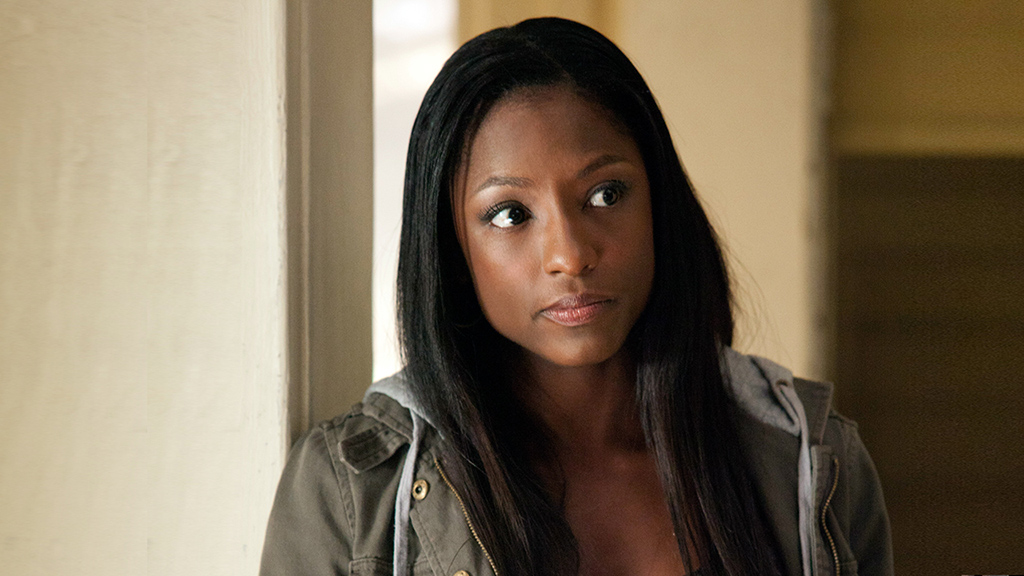
“I loved Buffy the Vampire Slayer,” she said. “They suddenly had a black slayer and then they killed her in like two days and I’m like, ‘NO!’ But I’m thinking I guess it’s okay because there is only supposed to be one slayer at a time, but then they brought on Faith and I felt betrayed by my favorite show.”
As we finished up, I thanked them all once again for taking time to chat with me and allowing the white guy to take part in telling their stories.
“Here’s the thing, dude. Never discount that,” Hartford said to the agreement of all the participants. “The only time they listen is when you say it. When we say it, we’re angry black women. When you say it, they have to look at it. That’s how it works.”
I hope for all our sake that she’s right. I hope that someone, even just one person, reads this and takes the time to think about the words that these amazing black women said to each other and to me.
No doubt some of you have angrily said “Not all white people!” more than once while you read this article, and others just got angry and left halfway through.
If this is your response, and I know I can’t do anything about those who didn’t finish reading, then I would challenge you to take a step back, breathe, and assess.
The truth is, we all have our hang-ups and failings, but not a single person on this planet can discount the genuine experience of another. Not a single person in the majority can rightfully claim that a marginalized person is being “too sensitive” when they are genuinely hurt or angered by another’s words or actions against them.
And above all else, remember this. Representation is important whether we’re talking about women, blacks, Asians, Latinx, queer, or any combination of these groups. It doesn’t matter.
I read hundreds of comments a day implying that “nothing is scary anymore” and “no one makes anything original.” Yet many of these same voices turn to rage when diversity is suggested as a solution.
Whether you want to admit it or not, having these voices present in our genre enriches it, and new perspectives provide us with new ways and reasons to scream.
Related: Book Review: Horror Noire
'Civil War' Review: Is It Worth Watching?
Follow our new YouTube channel "Mysteries and Movies" here.

News
Watch ‘The Burning’ At The Location Where It Was Filmed
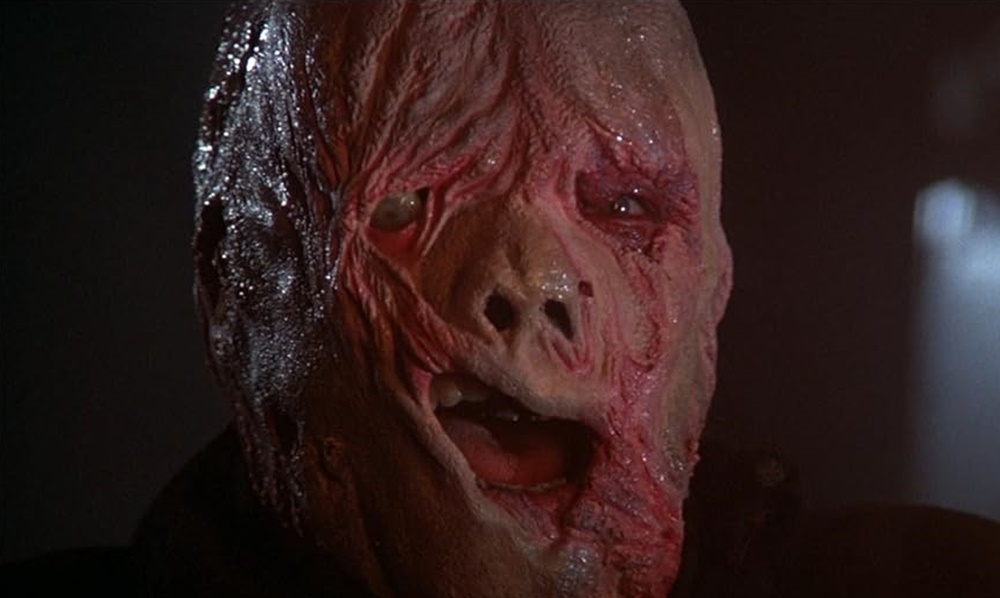
Fangoria is reporting that fans of the 1981 slasher The Burning will be able to have a screening of the film at the location where it was filmed. The movie is set at Camp Blackfoot which is actually the Stonehaven Nature Preserve in Ransomville, New York.
This ticketed event will take place on August 3. Guests will be able to take a tour of the grounds as well as enjoy some campfire snacks along with the screening of The Burning.
The film came out in the early ’80s when teen slashers were being churned out in magnum force. Thanks to Sean S. Cunningham’s Friday the 13th, filmmakers wanted to get in on the low-budget, high-profit movie market and a casket load of these types of films were produced, some better than others.
The Burning is one of the good ones, mostly because of the special effects from Tom Savini who had just come off of his groundbreaking work on Dawn of the Dead and Friday the 13th. He declined to do the sequel because of its illogical premise and instead signed on to do this movie. Also, a young Jason Alexander who would later go on to play George in Seinfeld is a featured player.
Because of its practical gore, The Burning had to be heavily edited before it received an R-rating. The MPAA was under the thumb of protest groups and political bigwigs to censor violent films at the time because slashers were just so graphic and detailed in their gore.
Tickets are $50, and if you want a special t-shirt, that will cost you another $25, You can get all the information by visiting the On Set Cinema webpage.
'Civil War' Review: Is It Worth Watching?
Follow our new YouTube channel "Mysteries and Movies" here.
Movies
‘Longlegs’ Creepy “Part 2” Teaser Appears on Instagram
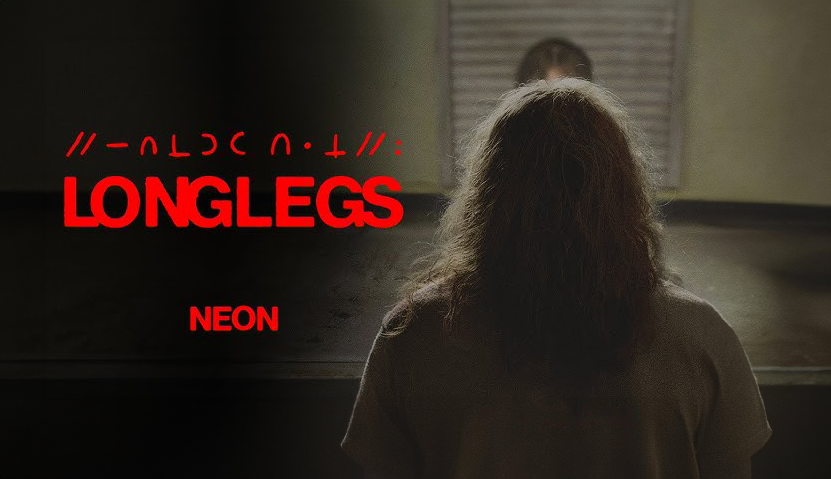
Neon Films released an Insta-teaser for their horror film Longlegs today. Titled Dirty: Part 2, the clip only furthers the mystery of what we are in for when this movie is finally released on July 12.
The official logline is: FBI Agent Lee Harker is assigned to an unsolved serial killer case that takes unexpected turns, revealing evidence of the occult. Harker discovers a personal connection to the killer and must stop him before he strikes again.
Directed by former actor Oz Perkins who also gave us The Blackcoat’s Daughter and Gretel & Hansel, Longlegs is already creating buzz with its moody images and cryptic hints. The film is rated R for bloody violence, and disturbing images.
Longlegs stars Nicolas Cage, Maika Monroe, and Alicia Witt.
'Civil War' Review: Is It Worth Watching?
Follow our new YouTube channel "Mysteries and Movies" here.
News
Exclusive Sneak Peek: Eli Roth and Crypt TV’s VR Series ‘The Faceless Lady’ Episode Five
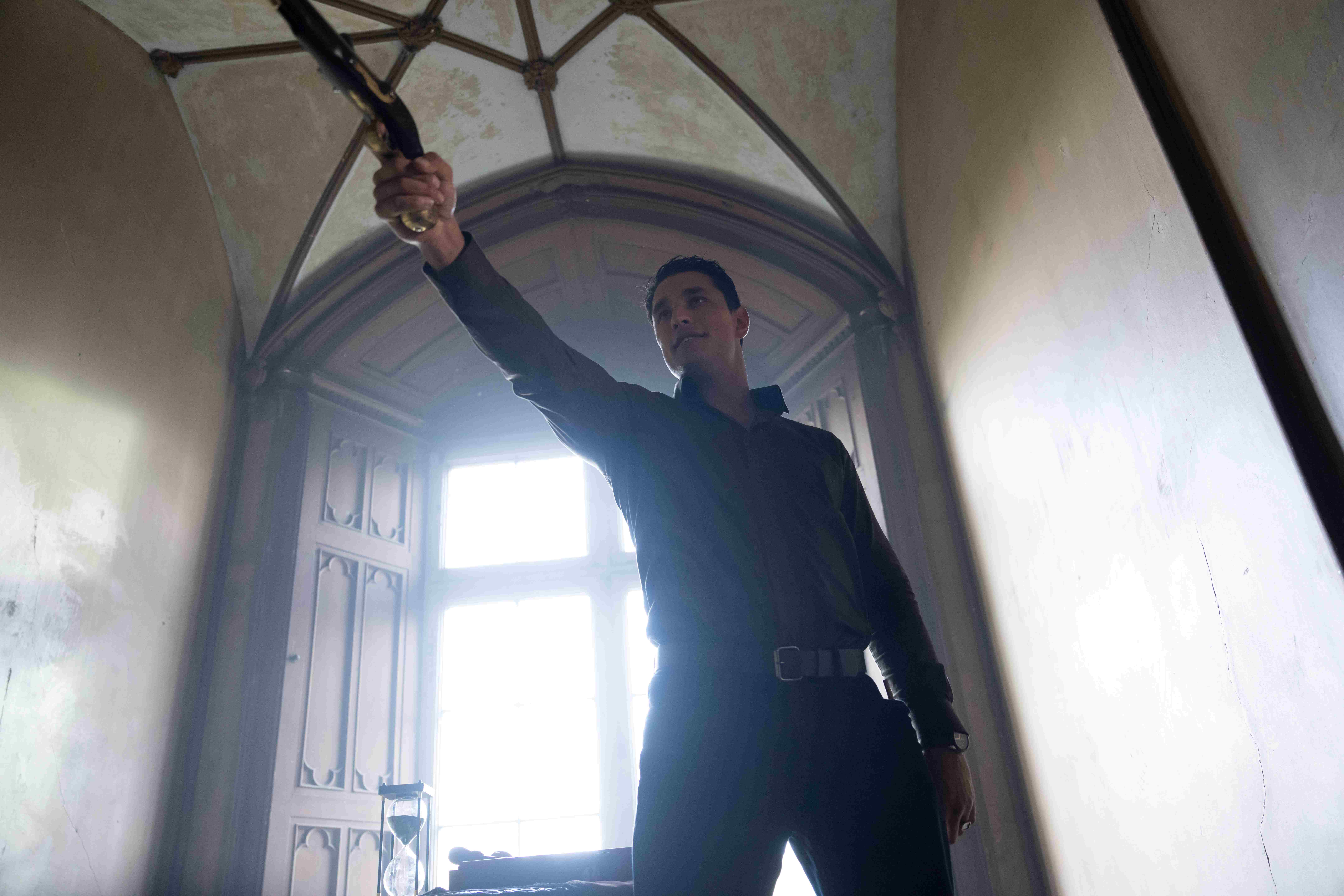
Eli Roth (Cabin Fever) and Crypt TV are knocking it out of the park with their new VR show, The Faceless Lady. For those unaware, this is the first fully scripted VR horror show on the market.
Even for masters of horror like Eli Roth and Crypt TV, this is a monumental undertaking. However, if I trust anyone to change the way that we experience horror, it would be these two legends.

Ripped from the pages of Irish folklore, The Faceless Lady tells the story of a tragic spirit cursed to wander the halls of her castle for all of eternity. However, when three young couples are invited to the castle for a series of games, their fates may soon change.
So far, the story has provided horror fans with a gripping game of life or death that doesn’t look as if it will slow down in episode five. Luckily, we have an exclusive clip that may be able to satiate your appetites until the new premiere.
Airing on 4/25 at 5pmPT/8pmET, episode five follows our final three contestants in this wicked game. As the stakes are raised ever higher, will Ella be able to fully awaken her connection with Lady Margaret?
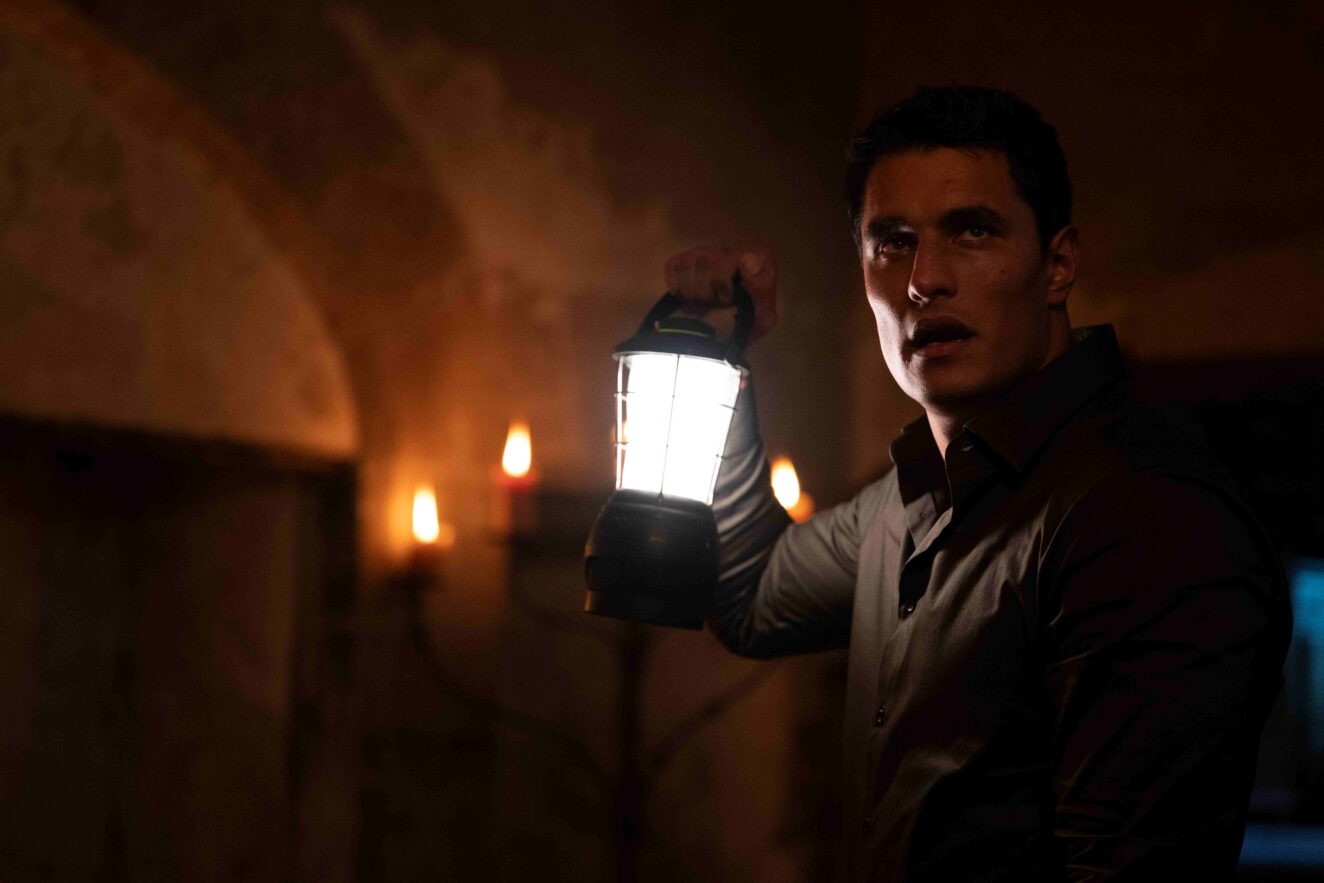
The newest episode can be found on Meta Quest TV. If you haven’t already, follow this link to subscribe to the series. Make sure to check out the new clip below.
Eli Roth Present’s THE FACELESS LADY S1E5 Clip: THE DUEL – YouTube
'Civil War' Review: Is It Worth Watching?
Follow our new YouTube channel "Mysteries and Movies" here.
-

 News7 days ago
News7 days agoWoman Brings Corpse Into Bank To Sign Loan Papers
-

 News5 days ago
News5 days agoBrad Dourif Says He’s Retiring Except For One Important Role
-

 Strange and Unusual6 days ago
Strange and Unusual6 days agoMan Arrested for Allegedly Taking a Severed Leg From Crash Site And Eating It
-

 Movies7 days ago
Movies7 days agoPart Concert, Part Horror Movie M. Night Shyamalan’s ‘Trap’ Trailer Released
-

 Movies6 days ago
Movies6 days agoAnother Creepy Spider Movie Hits Shudder This Month
-
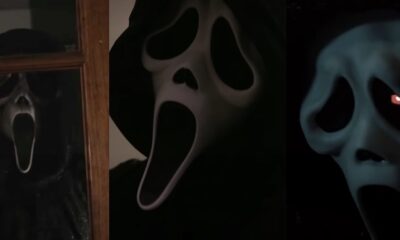
 Editorial6 days ago
Editorial6 days ago7 Great ‘Scream’ Fan Films & Shorts Worth a Watch
-
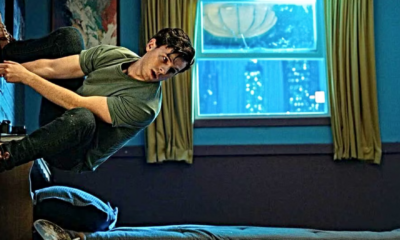
 Movies4 days ago
Movies4 days agoSpider-Man With a Cronenberg Twist in This Fan-Made Short
-

 News4 days ago
News4 days agoOriginal Blair Witch Cast Ask Lionsgate for Retroactive Residuals in Light of New Film
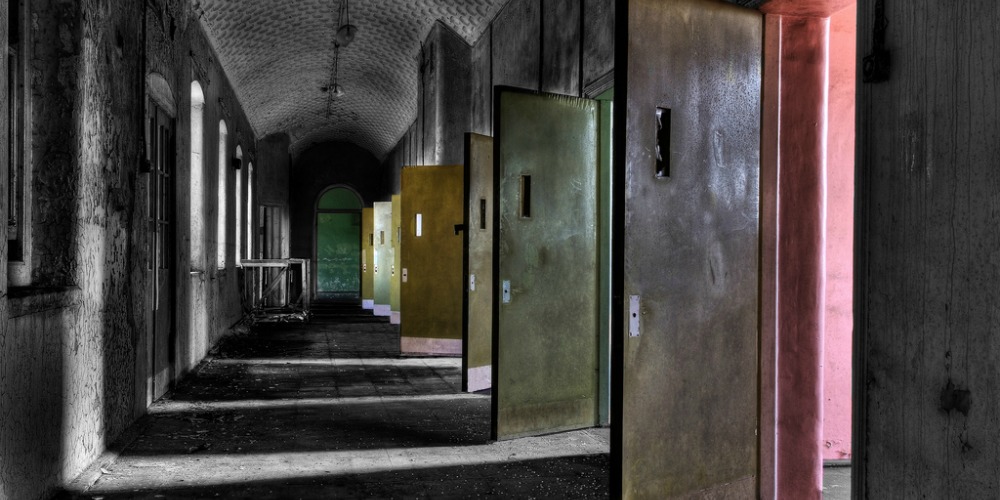


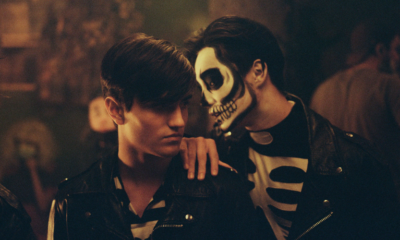





















You must be logged in to post a comment Login